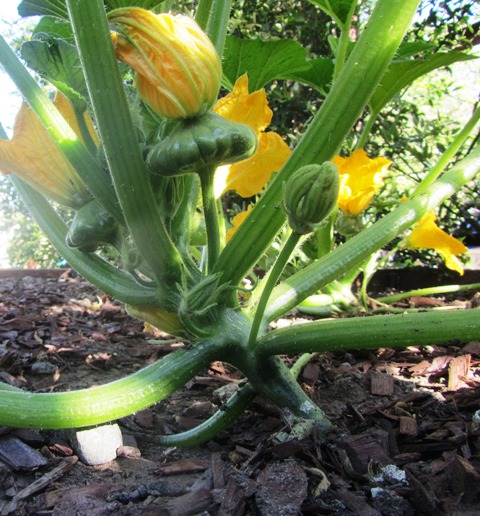Five Plants that Benefit from Companion Plants
It’s a simple concept. Grow specific plants in close proximity to certain other plants to repel bugs, attract good pests, suppress weeds, provide shade, improve yields, and generate better soil. Whether you sow seed for a warm- or cool-season crop, consider putting in some companion plants nearby for better overall results.
TOMATOES
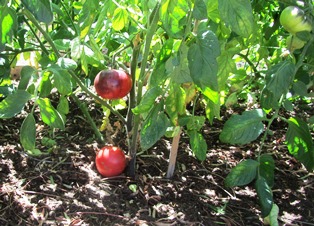
Onion, basil, spinach, parsley, carrot, basil, and celery make great companions for tomatoes. Marigolds deter beetles and corn worms and repel harmful nematodes that can cause nutrient deficiency, stunting, and plant death.
CORN
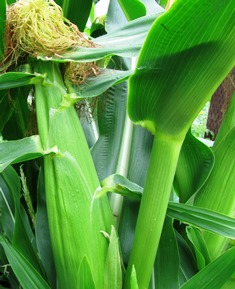
In Native American agriculture, three vegetables–squash, corn, and pole bean–constitute the “three sisters.” These vegetables benefit greatly from being planted together. The corn stalks provide structural support for the beans to climb. Squash leaves grow large, so they keep down weeds, help retain moisture, and provide shade for the small squash that forms off the blossom.
BEETS
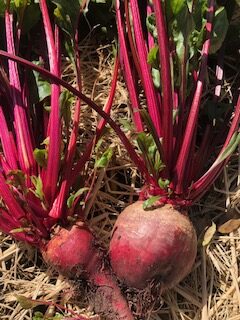
Beets are a superfood–they are low in calories and high in vitamins and minerals. Sow seed for this cool season crop in spring or during late summer for a fall harvest. Onions, garlic, cabbage, shallots, leeks, and lettuce make great companion plants for beets.
PEPPERS

Peppers are in the same plant family as tomatoes and eggplant so avoid planting them anywhere near where you have tucked in tomatoes and eggplant because they will attract the same pests and diseases. Instead, choose herbs such as garlic, dill, parsley, and cilantro; and flowers, including marigolds and nasturtiums, as companion plants. In particular, low-growing cilantro attracts beneficial insects and repels spider mites and aphids while basil repels mosquitoes and thripes.
STRAWBERRIES
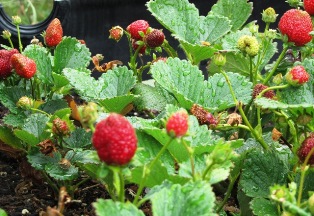
,
Strawberries benefit from companion plants belonging to the Allium family–chives, leeks, onions, scallions, and garlic. These beneficial companion plants are believed to thwart a particular fungus–fusarium wilt–that can infect strawberries. Slugs and snails as well as aphids are repelled by the pungent odor of those specific members of the Allium family.
Love gardening? Check out my cozy mysteries informed by my gardening on the Henny Penny Farmette. I garden with open-pollinated plants and keep an orchard of fruit and citrus trees. You can find A BEELINE TO MURDER, THE MURDER OF A QUEEN BEE, and A HIVE OF HOMICIDES along with more than two dozen nonfiction books that I’ve written online and wherever books are sold.
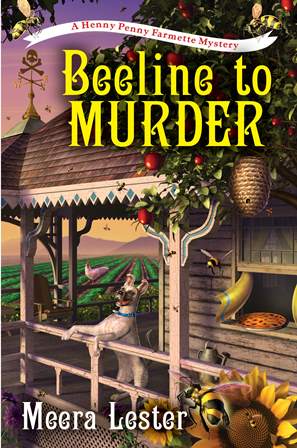


the catalyst for ex-cop-farmer Abigail Mackenzie
Find me on Facebook, LinkedIn, and Instagram and on my publisher’s page at Simon and Schuster.
From Garden to Table, Easy-to-Grow Squash
I love summer squash, tossed into rosemary potatoes and served up with eggs and sausage on a Sunday morning; or, grilled with fish, or added to a freshly-made pasta sauce. Best of all, you can have it fresh, from your kitchen garden to your table, as squash is one of the easiest vegetables to grow. Squash is a super food, high in antioxidants, fiber, and Vitamin A.
Squash is one of the Three Sisters (corn and climbing beans being the other two), grown together as companion plants in the tradition of certain groups of Native Americans who planted these vegetables. A fourth sister might be the Cleome serrulata, the Rocky Mountain bee plant to attract pollinators for the beans and squash.
There is a scientific basis for growing these three together. The squash grows fairly large and spreads out, blocking weeds. The beans provide nitrogen to the soil. The corn shoots up a stalk that provides the support the beans need to climb. The three plants benefit each other.
Each year, I plant both summer squash and winter varieties such as butternut and pumpkin that have hard shells and store longer. All types of squash are easy to grow. They just need sun, water, and room. They aren’t fussy about soil.
Summer squash includes zucchini, yellow squash, and scalloped (or round) squash. Autumn/winter varieties require a longer growing period (up to 120 days) and include butternut, acorn, hubbard, and pumpkin.
Growing Tips:
Choose a well-drained, sunny spot in the garden for your squash.
Plant three seeds to a hill (roughly six inches apart).
When the squash are about a foot tall, thin to the healthiest seedling.
Water two to three times each week.
Harvest summer squash when still young; if left on the vine, the squash becomes tough.
 Facebook
Facebook Goodreads
Goodreads LinkedIn
LinkedIn Meera Lester
Meera Lester Twitter
Twitter




